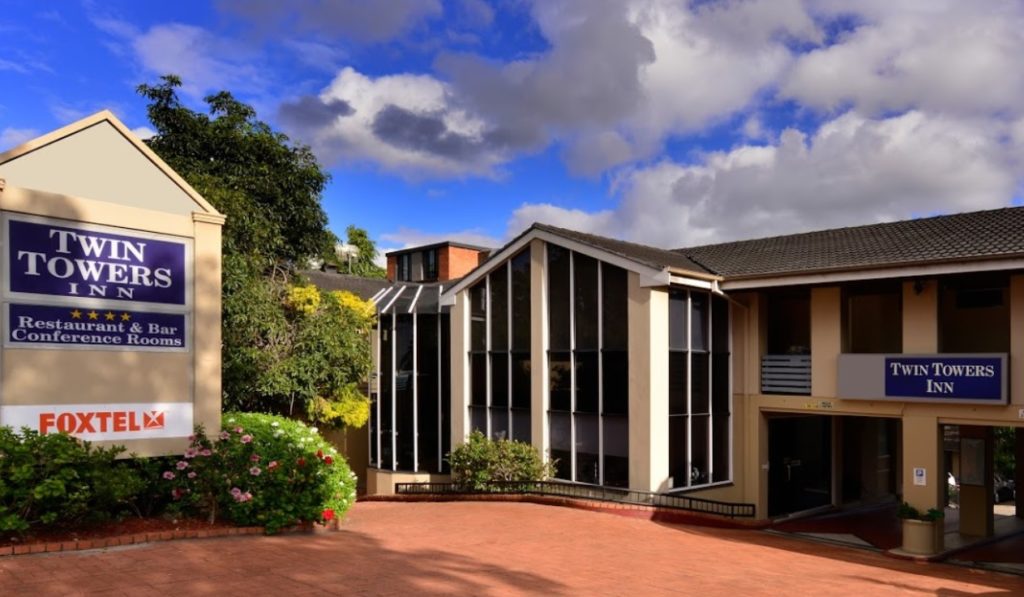Introduction
Cardiopulmonary resuscitation (MOUTH-TO-MOUTH RESUSCITATION) is a life-saving procedure that can make all the difference in emergency situation situations. Whether it's a heart attack, sinking case, or any kind of other clinical emergency, recognizing how to perform mouth-to-mouth resuscitation efficiently can be the trick to conserving lives. In Australia, the guidelines for mouth-to-mouth resuscitation are structured to make certain that individuals are furnished with the expertise and abilities required to act swiftly and confidently during such situations. This write-up supplies an exhaustive explore just how to carry out mouth-to-mouth resuscitation in Australia, detailing important standards, techniques, and best practices.
How to Execute CPR in Australia: Essential Guidelines and Techniques
What is CPR?
Cardiopulmonary resuscitation (MOUTH-TO-MOUTH RESUSCITATION) is an emergency lifesaving treatment performed when the heart quits whipping. It entails breast compressions and rescue breaths to keep blood circulation and oxygenation until sophisticated medical help shows up. Comprehending how to do CPR appropriately is vital for anybody who might discover themselves in a setting to assist somebody in distress.
Why is mouth-to-mouth resuscitation Important?
CPR is important due to the fact that it aids maintain blood moving to the mind and other important organs throughout heart attack. The faster mouth-to-mouth resuscitation is initiated, the higher the chances of survival. According to stats from St John Rescue Australia, immediate CPR can increase or even triple a person's possibility of survival.
Understanding Heart Arrest
What Triggers Heart Arrest?
Cardiac apprehension takes place when the heart suddenly quits pumping blood properly. This can be due to various reasons, including:
- Heart disease Drowning Severe trauma Drug overdose Electrical shock
Recognizing these causes can assist you understand the urgency of executing mouth-to-mouth resuscitation when necessary.
The Essentials of Doing CPR
Adult CPR Guidelines
Step-by-Step Instructions
Check Responsiveness: Shake the person gently and shout loudly. Call for Help: If there's no reaction, telephone call 000 right away for emergency assistance. Positioning: Guarantee the individual is existing flat on their back on a company surface. Open Airway: Tilt their head back somewhat by putting one hand on their forehead while lifting their chin with another hand. Check Breathing: Seek upper body activity and listen for breathing sounds. Start Chest Compressions:- Kneel close to them. Place heel of one hand on the facility of their chest. Place your various other hand on top; interlock fingers. Keep arms straight and shoulders directly over hands. Compress a minimum of 5 cm deep at a rate of 100-120 compressions per minute.
- After 30 compressions, provide 2 breaths utilizing a pocket mask or mouth-to-mouth if safe. Continue cycles of 30 compressions followed by 2 breaths.
Incorrect Compression Depth
One typical mistake throughout grown-up CPR is utilizing a wrong compression depth-- less than 5 cm or greater than 6 cm may not work sufficient or might trigger injury. Always go for between 5 cm and 6 cm.

CPR for Special Situations
Infant CPR Technique
Performing infant mouth-to-mouth resuscitation needs certain methods because of their size:
Check Responsiveness: Delicately tap the baby's foot or shoulder. https://ameblo.jp/dominickitpa783/entry-12920283847.html Call for Help: Call emergency situation services while guaranteeing safety and security first. Positioning: Lay them on a firm surface on their back. Open Airway: Use a neutral placement instead of tilting their head back too far. Check Breathing: Observe routine breathing patterns closely. Chest Compressions:- Use two fingers placed just below the nipple line at a depth of around 4 cm at a rate comparable to grownups-- 100-120 compressions per minute.
- Give 2 mild breaths after every 30 compressions; make certain no blockage occurs.
Drowning Victims
For drowning victims, it's crucial initially to obtain them out of water securely before beginning CPR:
Follow basic CPR steps however highlight rescue breaths considering that they might not be taking a breath because of water inhalation.
Ensure airways are clear by tilting the head backwards before initiating rescue breaths.
Utilizing AED with mouth-to-mouth resuscitation in Australia
What is an AED?
An Automated External Defibrillator (AED) is designed to evaluate heart rhythms and provide electric shocks as needed throughout heart attack situations.
How To Make use of AED
Turn on the AED tool; follow voice motivates given by it meticulously. Expose the upper body area where pads will be placed. Attach pads according to layouts revealed on pads or gadget instructions-- one pad above ideal bust bone and an additional below left armpit. Ensure no one touches the individual while assessing rhythm-- clear every person away! If shock recommended, press 'shock' switch when triggered; resume upper body compressions immediately after shock delivery.Household CPR Readiness
Preparing Your Home For Emergencies
Being prepared in the house can save essential mins during emergencies:
Have obtainable areas for emergency treatment sets including handwear covers, scissors, antiseptic wipes & & handbooks detailing standard emergency treatment procedures consisting of "just how to execute mouth-to-mouth resuscitation." Discuss household emergency prepares frequently including all relative so every person recognizes what actions they ought to take if something happens unexpectedly!FAQs Concerning Executing mouth-to-mouth resuscitation in Australia
Q1: For how long does a mouth-to-mouth resuscitation certification stay legitimate in Australia?
A1: A regular CPR certificate validity lasts approximately 3 years before needing revival via recertification programs used widely across various organizations like St John Ambulance.

Q2: Are there online choices available for obtaining certification?
A2: Yes! Lots of acknowledged organizations offer online cpr certification that permits participants versatility First Aid Courses Wollongong regarding time administration while learning essential abilities needed efficiently!
Q3: What age-specific standards exist for executing cpr?
A3: Yes! There are clear age-specific cpr guidelines australia stresses distinctions based upon age groups (infants vs kids vs adults) regarding strategies utilized therefore guaranteeing efficiency without causing injury unintentionally!
Q4: Is there any type of statistical data relating success rates post-cpr?
A4: Certainly! According To cpr success price statistics australia, Immediate initiation enhances survival prices significantly showing importance behind timely interventions!
Q5: Can I utilize AED without official training?
A5: Definitely! Many modern tools come geared up with straightforward directions making it feasible also untrained people administer shocks safely when necessary!
Q6: Where can I discover regional classes using hands-on training sessions?
A6: Countless organizations offer local mouth-to-mouth resuscitation classes, including recreation center along with health centers focusing mainly instructing standard lifesaving approaches successfully via useful demonstrations along with academic knowledge acquisition!
Conclusion
Knowing how to carry out mouth-to-mouth resuscitation in Australia efficiently has become a vital ability with the ability of conserving countless lives yearly-- a responsibility we all share within our communities! By recognizing foundational principles bordering this life-saving method together with incorporating resources readily available in your area such as courses tailored especially in the direction of boosting individual capacities; we equip ourselves much better outfitting those eager sufficient increase events where activity requires taken quickly! Keep in mind constantly method makes excellent; as a result continuous learning whether participating in refresher course trainings workshops makes sure readiness against unpredicted emergency situations striking when the very least expected!